General Landscape Uses: Small accent palm in residential and commercial landscapes. Very useful in narrow spaces.
Ecological Restoration Notes: A common element of pine rocklands, but rarer in coastal uplands.
Description: Medium shrub or small tree with a narrow trunk and a rounded crown of attractive fan-shaped leaves. Leaves to 3 feet wide, satiny or sivery beneath and glossy dark green above, deeply divided and flexible; stems unarmed, thin. Trunks gray, the upper portions covered with woven fiber.
Dimensions: Typically 3-8 feet in height, rarely taller; to 29 feet in South Florida. Broader than tall when young, becoming columner.
Growth Rate: Very slow.
Range: Monroe County Keys north along the east coast to southern Palm Beach County; the West Indies. Also recently discovered on the Monroe County mainland at Middle Cape Sable. Not uncommon in southern Miami-Dade County and the lower Monroe County Keys; rare along the coast from the middle and upper Keys north to southern Palm Beach County.
Habitats: Pine rocklands and coastal hammocks and thickets.
Soils: Moist, well-drained sandy or limestone soils, with or without humusy top layer.
Nutritional Requirements: Low to moderate; it can grow in nutrient poor soils or soils with some organic content.
Salt Water Tolerance: Low; does not tolerate long-term flooding by salt or brackish water.
Salt Wind Tolerance: High; can tolerate moderate amounts of salt wind without significant injury.
Drought Tolerance: Moderate to high; does not require any supplemental water once established, but establishment may take a year or more to occur.
Light Requirements: Full sun to light shade.
Flower Color: White or yellow.
Flower Characteristics: Inflorescence to 2 feet or less, shorter than the leaves, semi-showy and fragrant. Even small plants may bear flowers.
Flowering Season: All year; peak spring-summer.
Fruit: Purple-black berry, about 3/8″ in diameter. All year.
Wildlife and Ecology: Provides food for wildlife. Larval host plant for monk skipper (Asbolis capucinus) butterflies. Birds eat the fruits.
Horticultural Notes: Can be grown from de-pulped seeds. Place in full sun in moist sandy soil with some organic content. Germination is in 6 weeks or more. Young plants may grow quickly to 2 feet in a couple of years, but from then on the growth is slow.
Comments: This is one of the most handsome small native trees. However, mature plants are very costly due its slow growth rate. It is sometimes illegally collected from the wild, so be sure of your source! In the West Indies, it is used for making baskets, hats and other crafts. It is listed as threatened by the state of Florida.

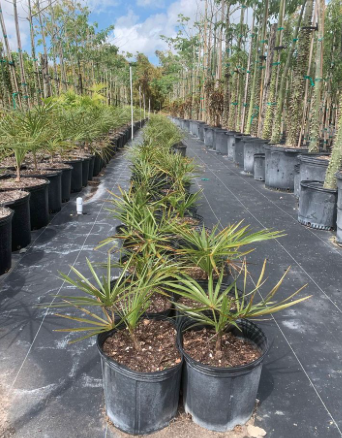

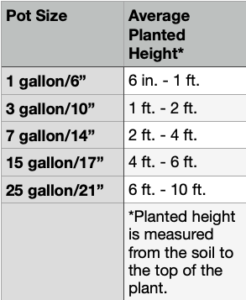
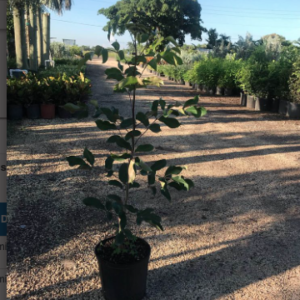
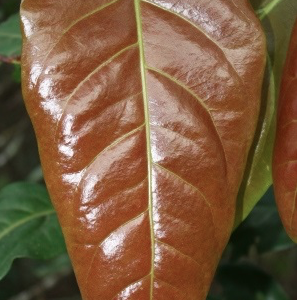
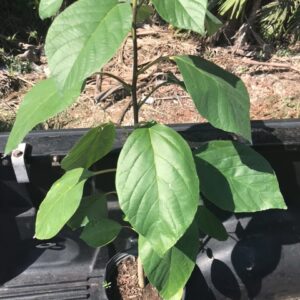
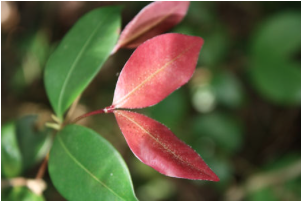
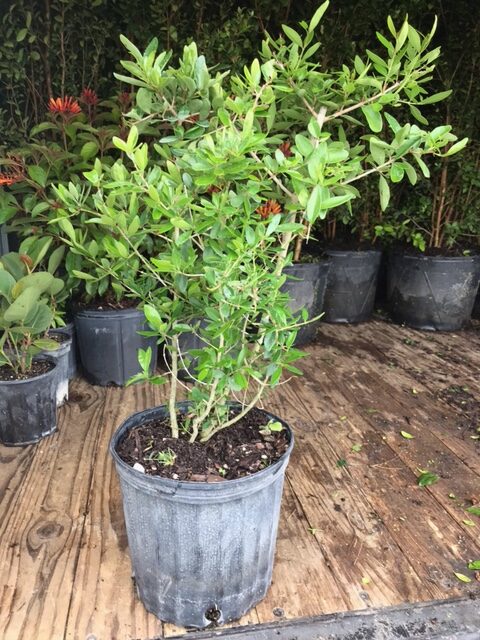

Wendy P. –
I love native plants because they are low maintenance.
Roberto L. –
This native palm attracts butterflies!